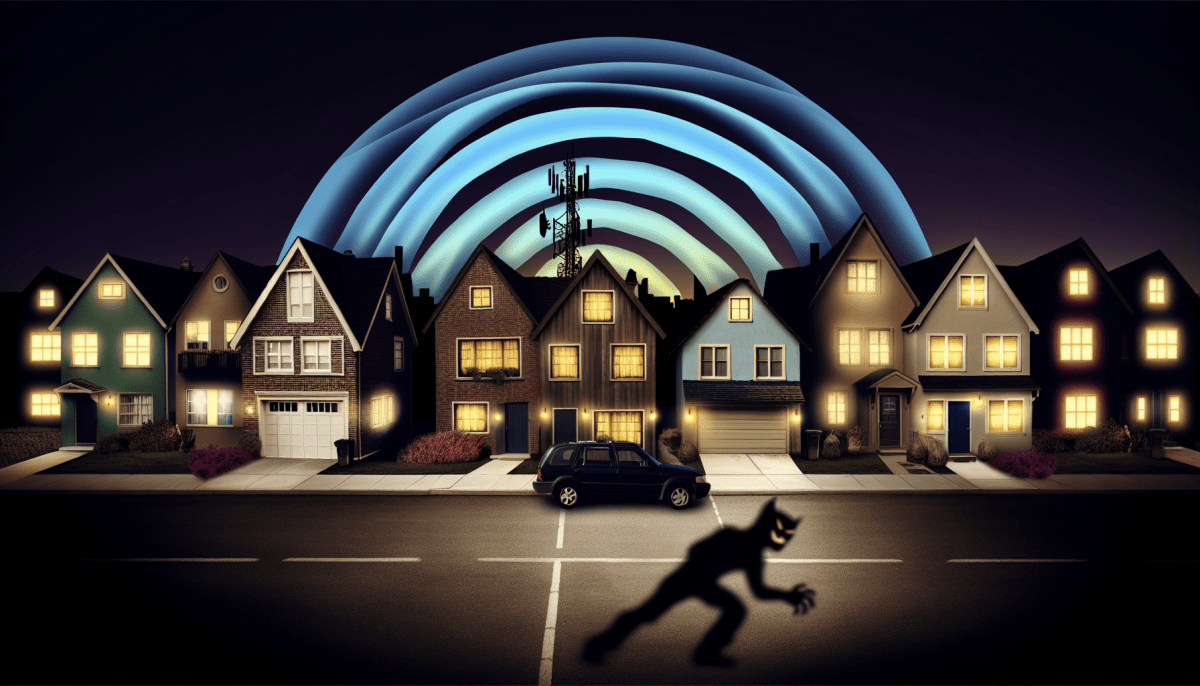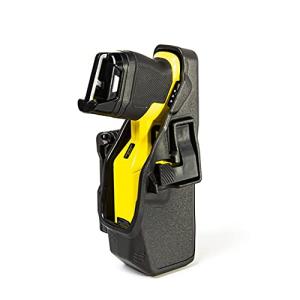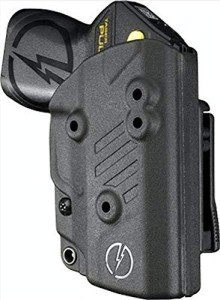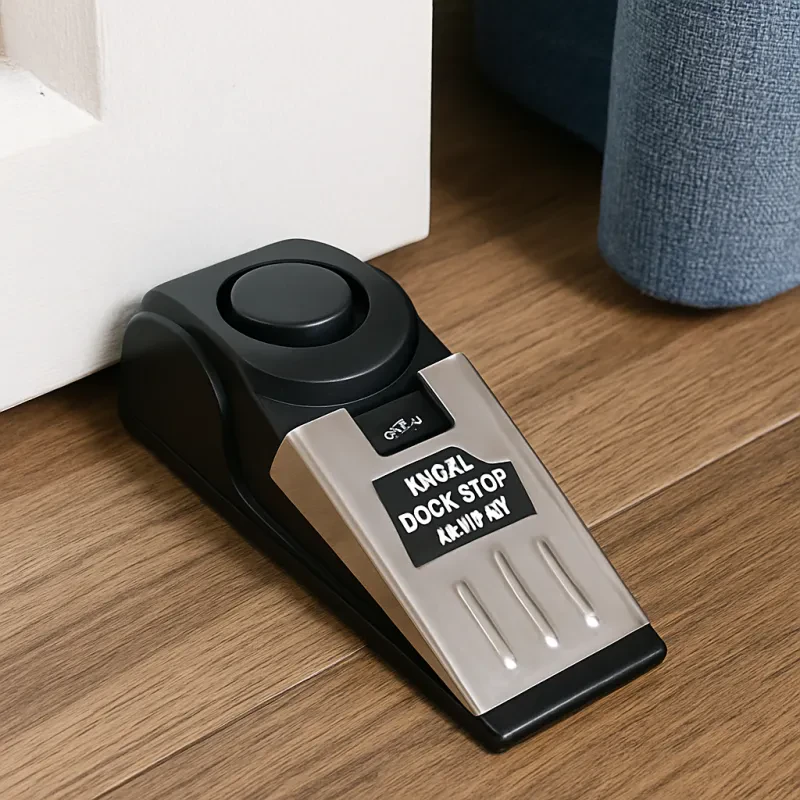Home invasions are frightening experiences that many homeowners worry about. Understanding why they happen can help us take the right steps to prevent them. Here are some common reasons why home invasions occur.
One major reason is simple opportunity. Many burglars look for homes that seem easy to break into. If doors or windows are left unlocked or if there’s no security system in place, these homes become prime targets. Even things like a pile of newspapers or an overgrown lawn can signal to a thief that the house is unoccupied.
Another factor is a lack of awareness in the neighborhood. If a community doesn't have a strong network of neighbors watching out for each other, it can make it easier for criminals to operate. When no one is paying attention, invaders feel bolder. They might see the chance to act when families are away at work or on vacation.
Some burglars might also be motivated by desperation. Financial struggles can push people to make poor choices, including breaking into homes. This motivation sometimes leads to invasions during daylight hours when homeowners are less likely to expect trouble. Staying vigilant and aware can help deter these types of incidents.
Lastly, social media plays a surprising role in home invasions. When people post about their vacations or any extended time away, it can signal to potential burglars that the home might be empty. Being mindful of what we share online can protect our homes.
How Often Do Break-Ins Happen
When it comes to home safety, one question often pops up: how often do home invasions actually happen? It's a concern for many homeowners, and understanding the statistics can help you feel more at ease. In general, data shows that a home is broken into every 26 seconds in the United States. That might sound alarming, but let’s break it down.
Home invasions are typically more prevalent in certain areas, often influenced by factors like neighborhood security, local crime rates, and even the time of year. For example, summer months tend to see a spike in break-ins, as more people are on vacation and homes are left unattended. Even simple things like leaving your blinds open or having a clear view into your home can make it easier for intruders to spot opportunities.
One crucial thing to consider is that more than 60% of break-ins happen through an unlocked door or window. That means taking simple precautions, like locking your doors and installing window locks, can dramatically reduce your risk of a home invasion. Just remember, being proactive about your home safety makes a huge difference.
Lastly, it’s important to note that while the numbers might sound scary, not every break-in is a home invasion in the violent sense. Many are just property crimes. Still, staying informed and prepared can keep your home safe and give you peace of mind. Make sure to invest in a good security system and practice safety habits to protect your space from unwanted visitors.
Tips for Keeping Your Home Safe
Keeping your home safe is a top priority for everyone, especially when considering the frequency of home invasions these days. Here are some simple tips that can help you protect your space and give you peace of mind.
1. Lock Your Doors and Windows
This might sound basic, but you'd be surprised how many people forget to lock up. Always make sure your doors and windows are securely locked. Consider installing deadbolts for added security. Don’t forget about sliding doors—adding a rod or pin can make it harder for unwanted visitors to get in.
2. Use Outdoor Lighting
Bright lights can deter criminals. Install motion-sensor lights around your home, especially near entrances. This way, if someone approaches your home, the lights will shine, making it clear they’re being watched. Well-lit spaces are much less appealing for those considering home invasions.
3. Install a Security System
Having a security system can really boost your home’s defenses. Look for a system that fits your needs—some even offer mobile monitoring. Knowing you have alarms and cameras can be a strong deterrent against potential break-ins.
4. Be Mindful of What You Post
It’s easy to share your life on social media, but posting about your vacation or when you’re away from home can signal to others that your place is unoccupied. Keep this info private, so you don't unintentionally make your home a target for invasions.
What to Do After a Break-In
Experiencing a break-in can be truly unsettling. You might feel a mix of emotions, from fear to anger. The most important thing is to take a moment and steady yourself. Here’s a guide to help you navigate the aftermath of a home invasion.
First, make sure you’re safe. If you’re still in the house or nearby, don’t rush back inside. Call the police immediately, and wait for them to arrive. They can check the property first and make sure it’s secure. Always prioritize your safety over everything else.
Once the police have done their job, it’s time to document what happened. Take photos of any damage or missing items. This can be helpful for insurance claims and for police reports. Make a list of everything that was taken or damaged, as this will help when you file a report with your insurance company.
After the initial chaos has calmed down, consider changing your locks and improving your home security. This might include installing alarms, motion-sensor lights, or even a home security camera system. Taking steps to enhance your safety can give you peace of mind and help prevent future home invasions.
Lastly, remember to talk about your feelings with friends or family. It’s totally normal to feel shaken up after an event like this. Connecting with loved ones can help you process what happened and find comfort as you rebuild your sense of security in your home.







